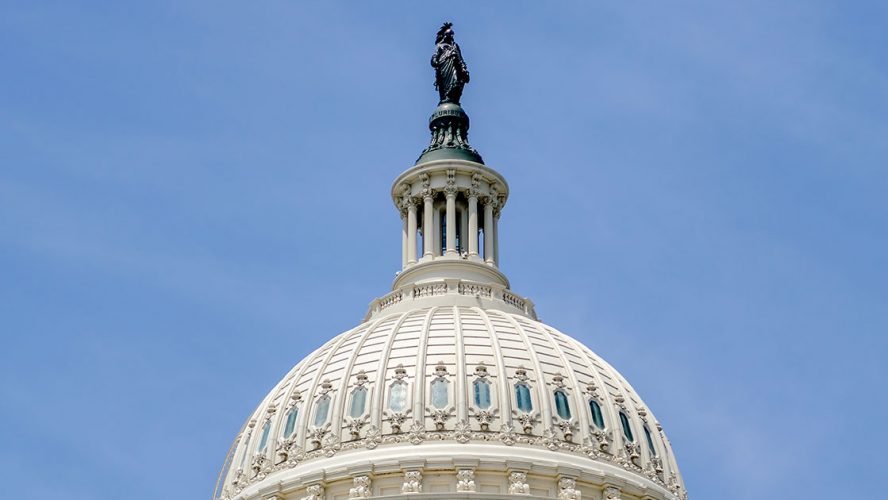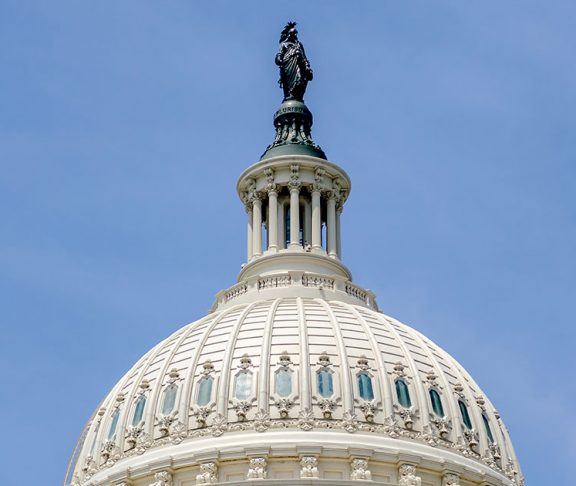As recently as 35 years ago, the millions of Americans living with a rare disease — defined as one affecting less than 200,000 people — had neither legislative nor organized overall representation, resulting in a limited voice in terms of attention, treatment options and advocacy for those patients and their families and caregivers. In 1983, an ad hoc coalition of parents of children with rare diseases worked with Congress and the medical/pharmaceutical communities to call attention to rare diseases. The parents organized and taught themselves how to be advocates for the desperate patients and families they represented.
Opening the doors
The creation of a new bill represented a triumph of patient advocates working with government partners, the media and other supporters to address a critically important unmet need. Four months after President Reagan signed the Orphan Drug Act into law, on May 4, 1983, the coalition of patient advocates formally established the National Organization for Rare Disorders (NORD) as a nonprofit organization to provide advocacy, education, research and patient/family services for all Americans affected by rare diseases. For the first time, people with a medical condition that had been “orphaned” by the medical community had a home and place to connect with others.
At the time the Orphan Drug Act was enacted in 1983, almost no treatments were being developed for people with rare diseases because small patient populations meant companies couldn’t recover their investment. From 1967 to 1983, only 34 drugs approved by the Food and Drug Administration (FDA) were for rare diseases, and only 10 of the products brought to market by the pharmaceutical industry in the decade before 1983 would have qualified under today’s Orphan Drug Act as orphan drugs. Since the Orphan Drug Act has been law, thousands more potential treatments have entered the research pipeline as orphan products, more than 600 have been approved by the FDA, and one-third of all new treatments approved in recent years are to treat rare diseases.
Acknowledging progress
While the advances in diagnosis, treatments and care for patients with rare diseases have been remarkable, there are still many challenges ahead. The Orphan Drug Act and the creation of NORD brought national attention to rare diseases, and the joint anniversaries are an appropriate time to recognize the progress made as well as to look at some of the areas that are critical to the road ahead.
For one, the Orphan Drug Act has resulted in life-saving therapies for children and adults with medical conditions for which there were previously no treatments. It has also been credited with helping drive innovation in cancer treatment. While the vast majority of the 7,000 rare diseases do not yet have an FDA-approved therapy, many patients and caregivers feel it offers that hope, thereby eliminating or reducing the need for a lifetime of medical care.
Re-envisioning health care
Another reality we face is the rising burden of health care costs in America. It would be easy to say we can no longer afford to seek safe, effective therapies for diseases affecting only a few individuals. However, there continues to be widespread misunderstanding about the impact of orphan drugs on pricing, which contribute only 7.9 percent of total health care spending and account for less than 1 percent (0.3 percent) of pharmaceutical use in the United States.
With rare diseases affecting 30 million Americans, or 1 in every 10 people, the need for funding, research, education and advocacy remains as strong today as it was in 1983. As the scientific and medical communities continue to make advancements, and as the U.S. health care system continues to evolve, we will continue to hold the microphone for patients struggling with rare diseases every day so that their voices are heard.

